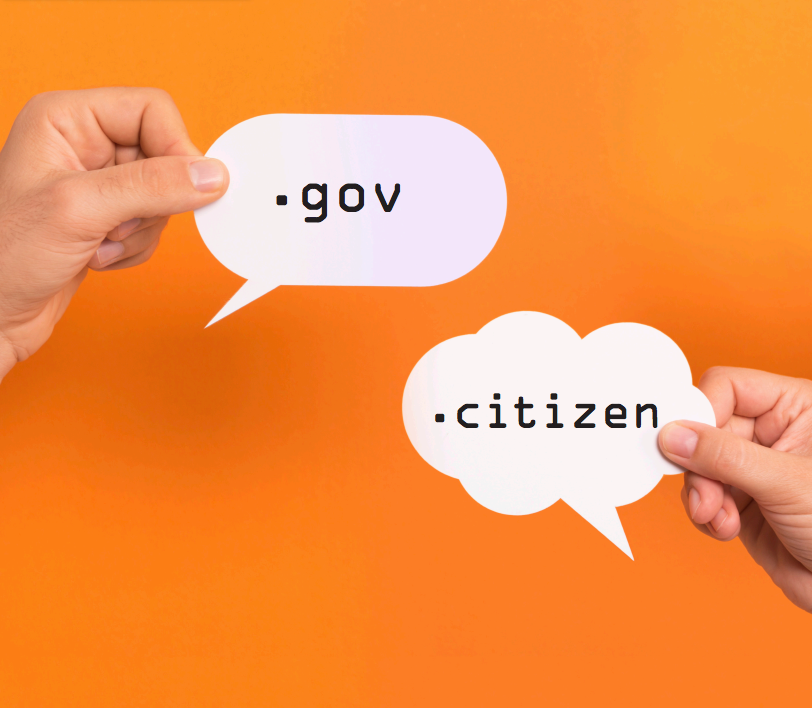Benjamin Center report details local government use of Internet to engage and inform citizenry
 An Inventory of Mid-Hudson Local Governments’ Website and Social Media Usage, a new report from The Benjamin Center at SUNY New Paltz, explores how municipalities in our region are utilizing technology to inform and engage residents.
An Inventory of Mid-Hudson Local Governments’ Website and Social Media Usage, a new report from The Benjamin Center at SUNY New Paltz, explores how municipalities in our region are utilizing technology to inform and engage residents.
eGovernment has become a principle means of communication and interaction with citizens in contemporary America. The report, authored by KT Tobin, associate director of The Benjamin Center, with assistance from New Paltz student and Cetrino Scholar Emily Vanderpool ’16 (Economics), compares current practices to those of five years ago to document the progress that cities, towns and villages in our Mid-Hudson area (Dutchess, Orange, Sullivan and Ulster counties) have made in the use of technology in governance, with particular attention paid to the use of websites and social media.
The Benjamin Center repeated the research methods of its initial 2010 study, deploying a team of six undergraduate data collectors to track whether or not local governments had websites, and if so, what types of information were being posted on them and their ease of navigation. This year the Center also looked at whether municipalities had a social media presence.
Among the report’s key findings:
- Ninety-seven percent of the local governments in our four-county region maintain a website. This compares to 93 percent in 2010.
- The most common categories of information found on local government websites are contact information, recent activities (such as meeting calendars, agendas and minutes) and reports about planning and development.
- Most municipalities (96 percent) list phone numbers for elected officials online; those providing email addresses rose from 57 percent to 85 percent in the five-year period.
- The high percentage for the planning and development category (96 percent) is driven by the increased number of municipalities posting minutes for both planning board (69 percent) and Zoning Board of Appeals (ZBA) meetings (54 percent), and by the majority that publish comprehensive master plans (59 percent) on their sites.
- Law/legal (88 percent) was the third-ranked category. This is substantially due to the posting of information about the Freedom of Information Act (FOIL), up from 41 to 61 percent of sites in the five-year period, and the use of eCode by 74 percent of municipalities.
- The two categories showing the most growth relate to financial information (73 percent) and ethics (47 percent). Growth in the financial category is attributable to a major increase in municipalities now posting their annual budgets online, from 28 percent in 2010 to 59 percent in 2015. In 2010, a resident could retrieve a code of ethics on 26 percent of websites; five years later it was up to nearly half (47 percent).
- Select municipalities are required by the state to complete water quality (MS4) reports. This item showed greatest growth in the five-year time frame, a 40 percentage point increase from 25 percent to 65 percent of mandated jurisdictions publishing these on their websites.
- Only 19 percent of local governments post meeting videos to allow residents who cannot attend in person to view them later online. Only six (5 percent) provide a way to livestream board meetings.
- On a scale of one to five, with one representing very poor navigation and five as great ease of navigation, on average, local municipalities with websites scored 2.8. Cities ranked the highest with a mean of 3.7, followed by towns with a mean of 2.9, and villages with 2.3.
- Approximately two-thirds (63 percent) of the local governments in our region have some type of social media presence: a Facebook page or Twitter account for the municipality or at least one of its departments. Sixty percent have a Facebook presence and about one in five (21 percent) have a Twitter account.
According to Tobin, “We purposefully have not made this a ‘report card’ for individual municipalities, but rather, a best practices inventory and guidebook so that our constituent municipalities can read this report to learn what their peers are doing, and make informed choices about how they can better provide eGovernment.”
The report, the 16th to be released by The Benjamin Center since its inception, can be accessed and read in its entirety by following this link.
Independently and in collaboration with local governments, business and not-for-profits in the Hudson Valley, The Benjamin Center’s research mission is to: conduct studies on topics of regional interest; bring visibility and focus to these matters; foster communities working together to better serve citizenry; and advance the public interest in our region.
If you are interested in being on the mailing list for reports from The Benjamin Center, please send an email with your address to [email protected]. More information about the Benjamin Center is available online.

